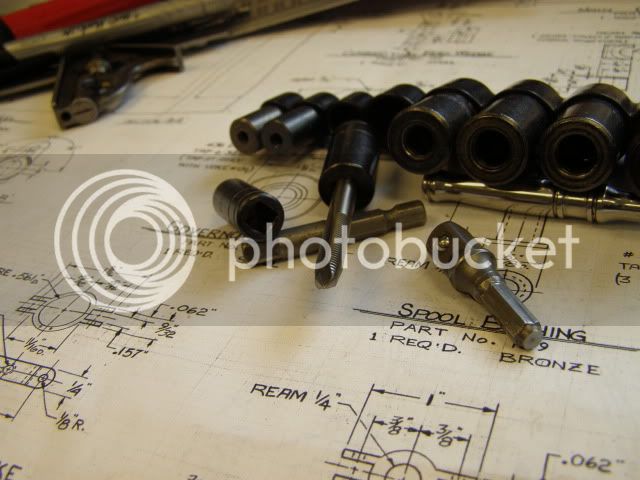I seem to spend a lot of time tapping holes by hand after they have been drilled on the mill. Also the 'wonky' problem where the thread is never exactly perpendicular to the metal is very annoying.
I've tried threading with a tap in the mill chuck but my mill doesn't have enough torque for anything above M4 - and tapping M12 by hand drives me barmy (probably already was),
Anyhow in my mindless tedium of using a hollow bar extension on a large tap I came up with the fairly obvious idea of making a tap holder with reduction gearing that would either fit in a chuck or into the mill taper. If the holder was internally geared at 10:1 or more it would enable my rather feeble mill torque to tap the hole.
Has anyone already made something like this ? or seen plans for something similar ? or has any better ideas ?
Thanks for reading.
picclock
I've tried threading with a tap in the mill chuck but my mill doesn't have enough torque for anything above M4 - and tapping M12 by hand drives me barmy (probably already was),
Anyhow in my mindless tedium of using a hollow bar extension on a large tap I came up with the fairly obvious idea of making a tap holder with reduction gearing that would either fit in a chuck or into the mill taper. If the holder was internally geared at 10:1 or more it would enable my rather feeble mill torque to tap the hole.
Has anyone already made something like this ? or seen plans for something similar ? or has any better ideas ?
Thanks for reading.
picclock












